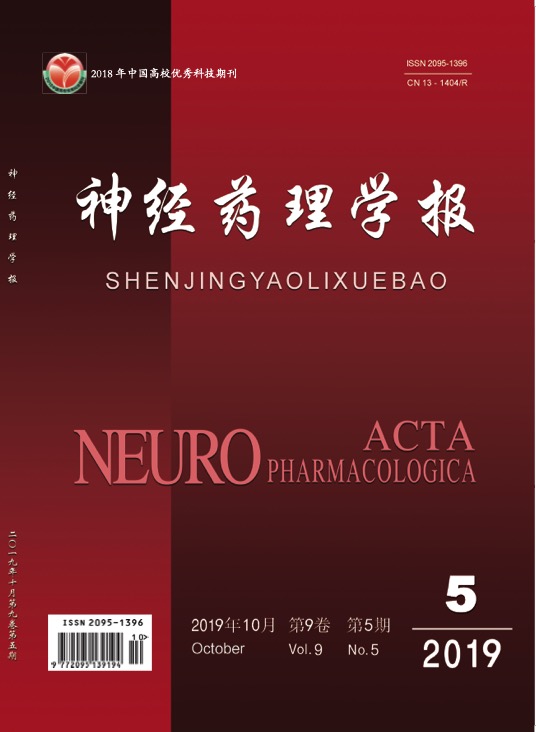Emphysema is an incompletely reversible chronic respiratory disease characterized by progressive development of air?ow limitation. Establishing an ideal emphysema
model can provide a theoretical basis for the prevention and treatment of emphysema. The detailed description and evaluation can provide more options for basic and clinical research applications.

